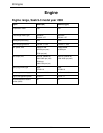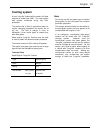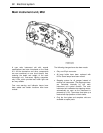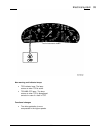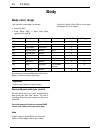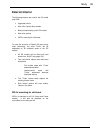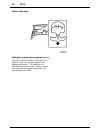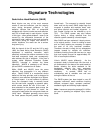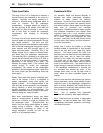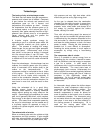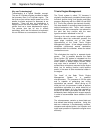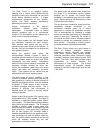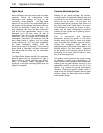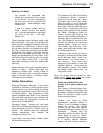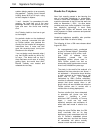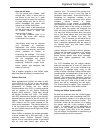
98 Signature Technologies
9-3
Triple Load Paths
The body of the 9-5 is designed to maintain a
survival area for the occupants in the event of a
collision. Basically, the energy caused by a
collision is directed along designated paths to
avoid an intrusion into the passenger
compartment. U-shaped beams are placed in
the front and rear of the vehicle, which split into
three paths to direct the energy in such a way
that is less likely to invade the passenger
compartment, thus avoiding or minimizing
injuries.
The large front and rear beams are designed to
create a stable and robust characteristic through
their broad structure. The front and rear
structure has three load distribution paths where
50% of the total impact goes through the central-
lower member and 25% through each of the
upper and lower paths. Therefore, 75% of the
energy caused by an impact is directed down
and away from the passenger compartment.
The remaining 25% is directed on a higher path
and will be sent toward the A-Pillar (or C-Pillar in
the event of a rear-end collision), if necessary,
depending on the severity of the crash. By
directing the energy down, if the collision was
severe enough to invade the passenger
compartment, the impact to the passengers
would be in the foot/leg/pelvis region, rather than
the more critical and life-threatening head and
chest region.
Saab’s Triple Load Path system is different from
most of the industry in that it is designed to
protect passengers during both typical and
atypical crashes. The U-shaped beams in the
front and rear provide protection for passengers
during collisions in which the bumper is not
squarely impacted, (e.g. off-set collisions). The
beams are designed in this U-shape to still be as
effective during any angle of impact.
Most other manufacturers simply use sheet
metal or “crumple-zones” to absorb the energy
caused by a collision to avoid an intrusion into
the passenger cabin. “Crumple-zones” are
simply how the sheet metal distorts to absorb
energy during a collision. Saab also uses
“crumple-zone” technology to assist in the
energy absorption process, but will not rely
solely on it for passenger safety.
Pendulum B-Pillar
For decades, Saab has worked diligently to
develop and refine side-impact protection
systems to better protect the vehicle’s
occupants. One of the most recent Saab safety
developments is a system that actually directs
side impact collision forces away from the upper
body area of front-seat and rear-seat
passengers. Detailed automotive safety studies
and computer simulations have helped Saab
engineers learn how a car’s structure should
deform in a collision to minimize occupant injury.
As a result, Saab has configured the side
structure - particularly the B-pillar directly behind
the front door, door beams, and floor structure -
to act like a pendulum.
Here’s how it works: the B-pillar in all Saab
hardtop models is constructed of high-strength
steel to be very stiff in the upper and center
sections. This helps prevent the pillar from
deforming into the driver’s and front passenger’s
upper body area, and to direct the energy
caused by the impact into the lower structure.
The lower part of the pillar is more flexible,
therefore it will give way easier and will absorb
more of the collision force. The collision force or
impact energy is naturally directed down so that
if the passenger compartment is intruded into
the occupant, the contact will occur in the
stronger pelvic area, not the rib cage, head or
chest, where our more vulnerable organs are
located.
After the side structure has directed the collision
forces downward, strong cross-member beams
under the floor of the passenger compartment
serve to further distribute side impact forces to
other areas of the vehicle’s body structure, away
from the passenger compartment.
Fact: 30% of fatalities from automobile
accidents are caused by side-impact collisions.
Fact: Saab has been a pioneer in side-impact
protection. As early as Model Year 1973, Saab
incorporated side-impact protection technology
into Saab 99 models.



